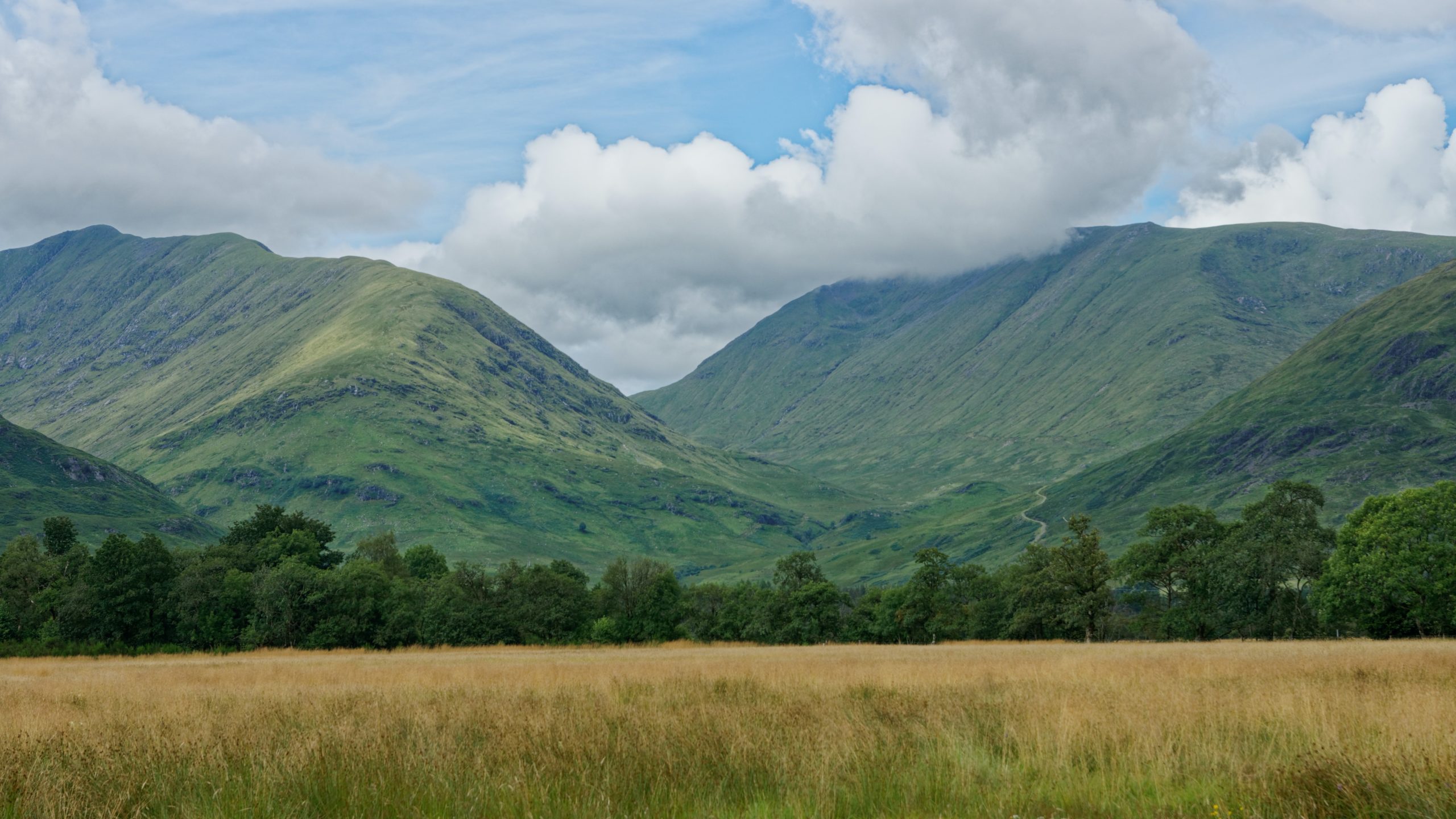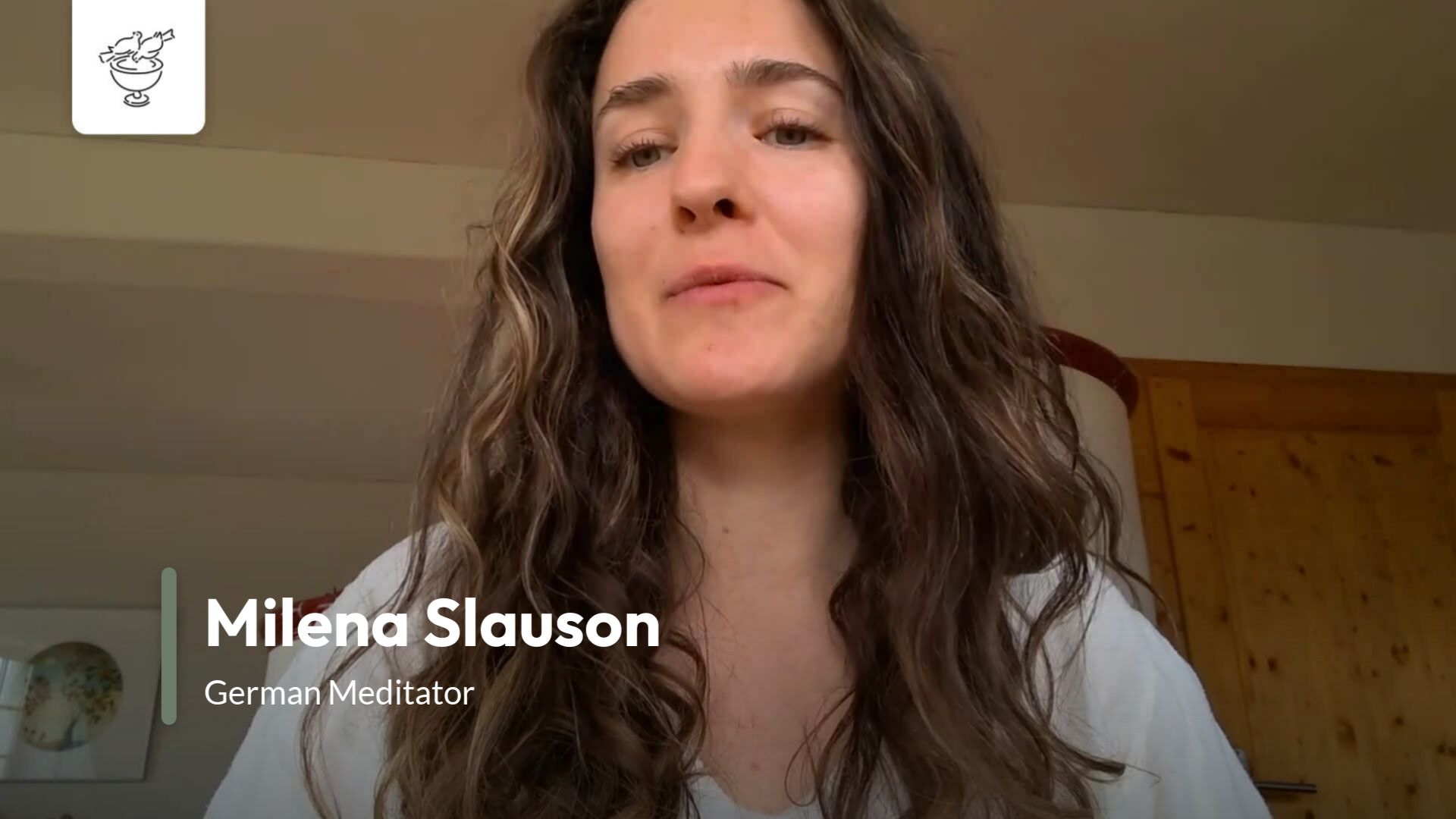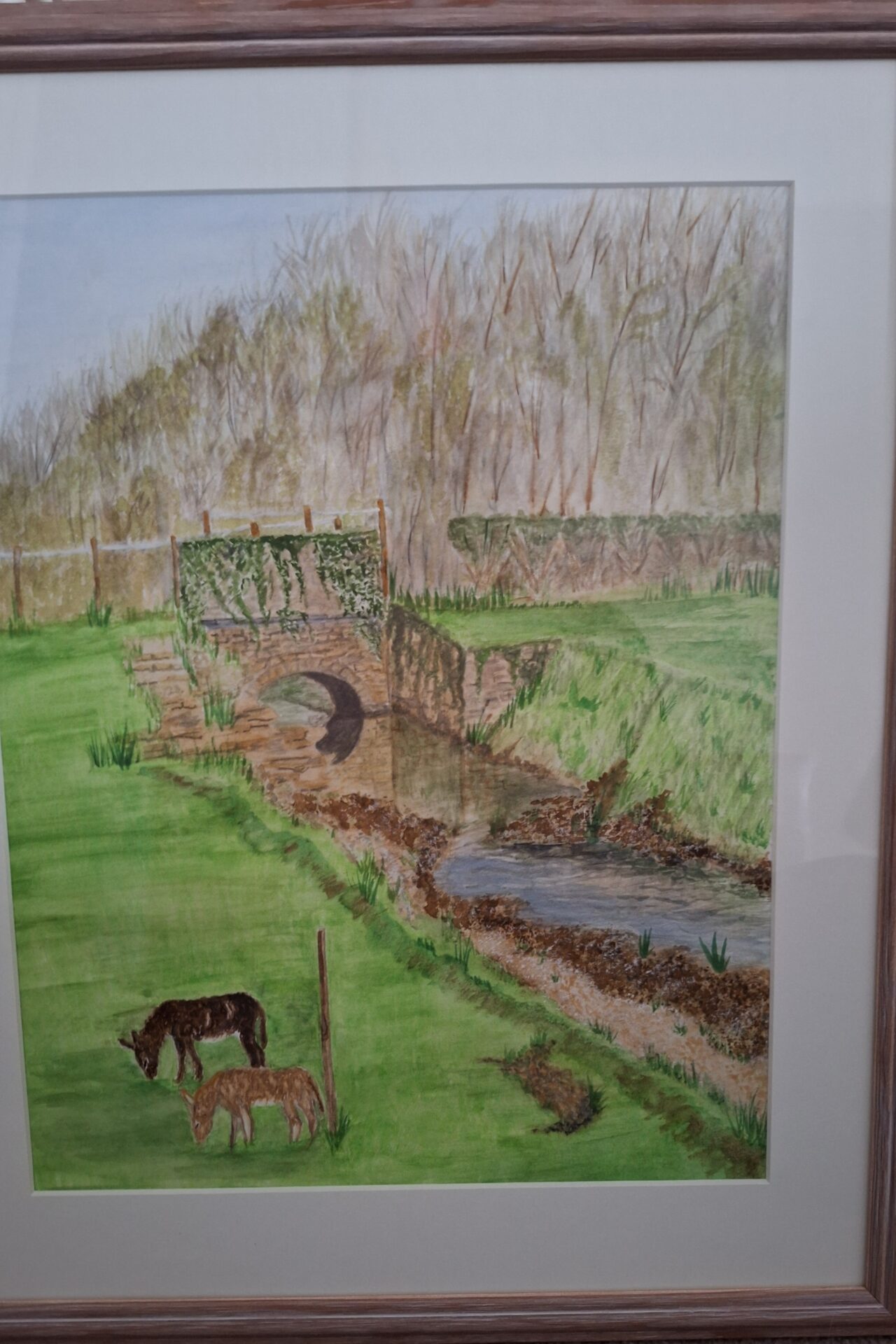In meditation we gently experience that within us which prevents honesty. In the sayings of the Desert Fathers there is a story about three friends. All three were not afraid of hard work. The three friends chose three different ways to engage with the world. One chose to work for peace among people who fought each other. One chose to spend his time serving the sick. The third went to the desert to live in “the stillness of prayer” (1). The first friend found that he could not make peace among others. The second found serving the sick disheartening. After telling each other of their difficulties they decided to visit the third friend. After explaining to him what had happened, the two asked the third for advice.
After a short silence, [the third friend] poured some water into a bowl and said to them, ‘Look at the water’, and it was disturbed. After a little while he said to them again, ‘Look how still the water is now’, and as they looked into the water, they saw their own faces reflected in it as in a mirror. Then he said to them, ‘It is the same for those who live among men [sic]; disturbances prevent them from seeing their faults. But when a man [sic] is still, especially in the desert, then he sees his failings. (2)
The third friend had discovered in the desert that without inner stillness we cannot come to an appreciation of our faults, our shortcomings, the ways in which we fail. As long as these failings go unacknowledged the roots of our failure will undermine efforts for peace and make a compassionate life hard to maintain. The roots of our faults lie within us. The third friend came to this discovery because he chose an environment free enough of others’ disturbances so that he might experience his own disturbances – both his faults and their roots. He chose to be with God in the tension of this experience. He did not distract himself from this tension. He was honest enough, true enough. With and in this truthfulness the Divine Life was able to integrate and heal his inner life. Rather than experiencing his mind as a bowl of water always disturbed, the third friend came to experience his inner life as stillness. The roots of our faults could be seen as those wounds, motivations and beliefs we carry within us that contribute to the distorting of both our vision and our action away from love. To see our faults is to both observe the action and to experience its roots. It is from this seeing that ‘holy tears’, the tears of own existential remorse, can flow. At first sight this story seems to be about the promotion of living in the desert as the better way. In a world of disturbance, it seems, we cannot come to stillness, much like a bowl of water that is always disturbed. Perhaps we could see the whole story of the three friends as a story of integration. The first two friends became disheartened with their choices because they were not yet integrated or still enough within themselves. It took the third friend to show them this and to offer them a way. The way offered was the way of the desert. What is this desert way? It is a way committed to the minimising of external disturbance and distraction so that we may experience our own inner disturbance and distraction. In the honesty of this experience is the promise of healing and transformation – of a coming to stillness. In this stillness there is a clarity and simplicity of vision that has deep roots in Divine Love. In this stillness ego is quiet enough to be a servant of this Love rather than captive to woundedness and disintegration. Meditaio House is a community committed to this minimising. We value and encourage silence. We have no TV. We regularly meet to practice and encourage honesty – honesty with ourselves and each other. We have guides, mentors that help us in this desert lifestyle. And we meditate. In meditation we gently experience that within us which prevents honesty. Meditation helps us to live with each other in self honesty. Disturbances happen. The goal is to learn the art of staying in the tension of these disturbances – the present moment of them – without analysis or judgement. This is what the third friend can teach us all. In this present moment there is God and healing. If we can all do this together enough, then as Fr. Laurence said recently – community itself is therapy.
An old man said, ‘The monk’s cell is like the furnace of Babylon where the three children found the Son of God, and it is like the pillar of cloud where God spoke to Moses.’ (3)
Our cell, both of the heart and our physical living space, is the place where we can all encounter God and be purified in this encounter. In this cell we grow in attention to stillness and the divinity in this stillness. Like Martha in the story of Martha and Mary (Lk10:38-42) we discover ‘the one thing necessary’: the stillness that is the foundation of contemplative action. Action from this stillness is a gift of love to a disturbed world. It is action which is not a striving. It is action as an expression of being. This is the kind of action (action that Chuang Tzu called ‘non-action’ (4)), which the world needs more of today.

Martha and Mary: He Qi (1) Benedicta Ward (trans) The Wisdom of the Desert Fathers (1975, 1986), 1.(2) Ward, 1.(3) Ward, 25.(4) ‘Action and Non-Action’ in Thomas Merton (trans) The Way of Chuang Tzu (1965, 1997), 80.







